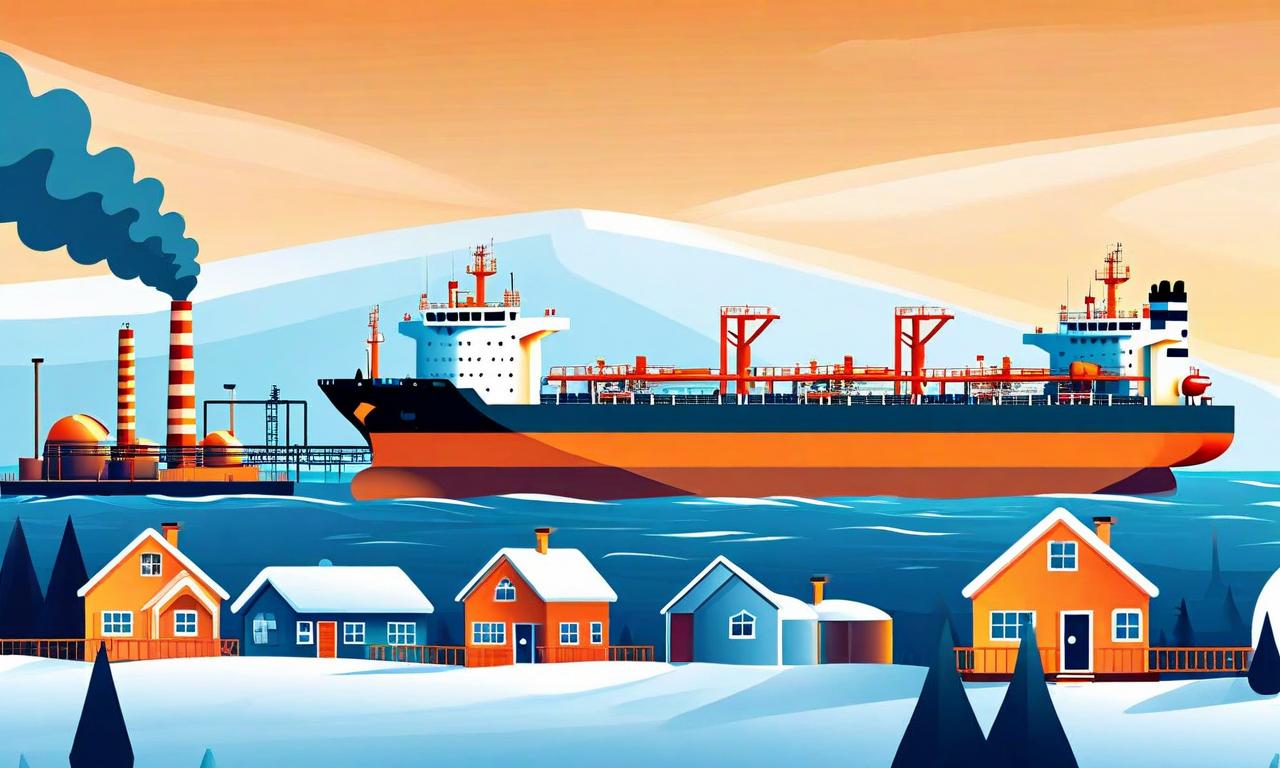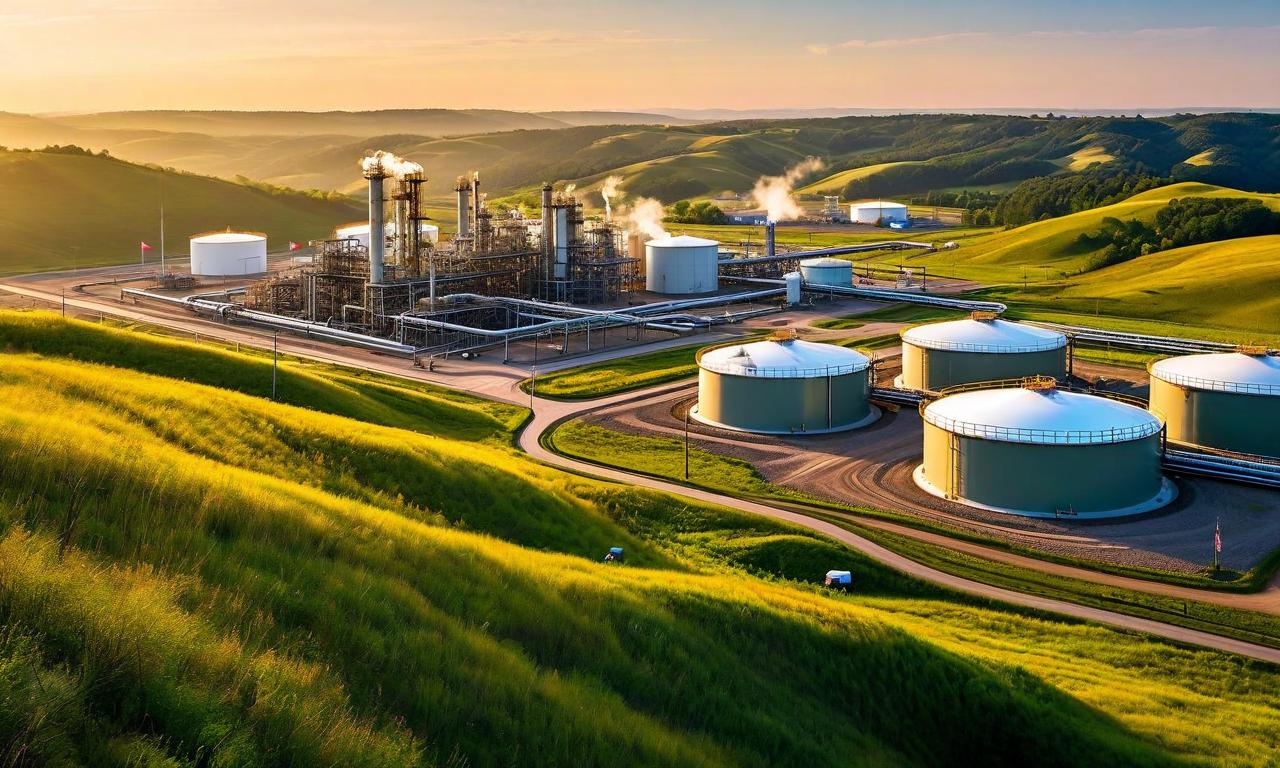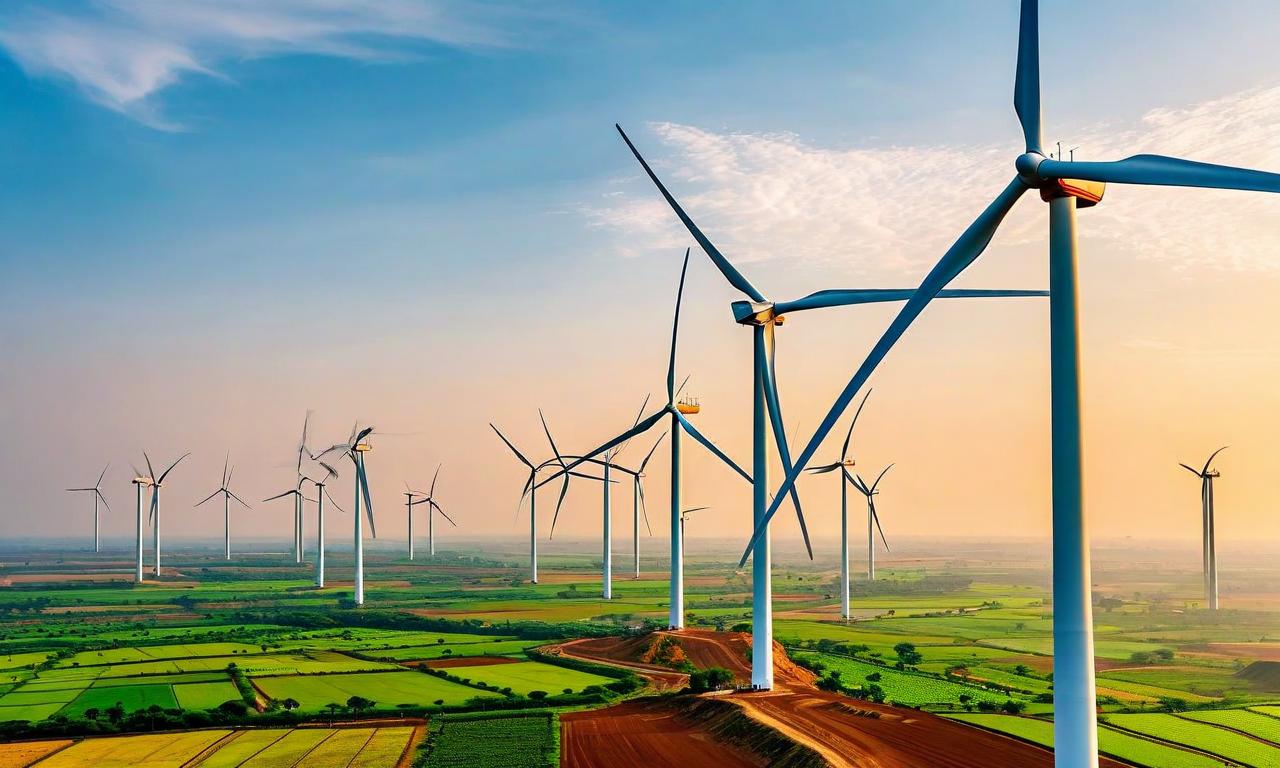U.S. Natural Gas Prices Surge 6% to Weekly High on Cold Weather and Export Demand
U.S. natural gas prices have risen to their highest level in a week, increasing by 6%. This surge is primarily driven by forecasts of cold weather, which typically boost domestic demand for heating, and near-record levels of liquefied natural gas (LNG) exports, indicating strong international demand. The combination of these factors has created a favorable environment for natural gas prices, highlighting the market's sensitivity to both short-term weather patterns and longer-term export trends.

*this image is generated using AI for illustrative purposes only.
U.S. natural gas prices have experienced a significant uptick, reaching their highest level in a week with a 6% increase. This surge is primarily attributed to two key factors: forecasts of cold weather and near-record levels of liquefied natural gas (LNG) exports.
Weather Forecasts Drive Demand
Cold weather forecasts have played a crucial role in pushing natural gas prices upward. As temperatures drop, the demand for natural gas typically increases, particularly for heating purposes in residential and commercial sectors. This anticipated increase in demand has contributed to the bullish sentiment in the natural gas market.
Export Demand at Near-Record Levels
The second major factor driving the price surge is the robust demand for U.S. liquefied natural gas exports. With LNG exports approaching record levels, it indicates strong international demand for U.S. natural gas. This increased export activity not only supports higher prices but also reflects the growing importance of the United States in the global LNG market.
Market Implications
The combination of domestic weather-driven demand and strong export figures has created a favorable environment for natural gas prices. This price movement underscores the sensitivity of the natural gas market to both short-term weather patterns and longer-term export trends.
| Factor | Impact on Natural Gas Prices |
|---|---|
| Cold Weather Forecasts | Increased domestic demand |
| Near-Record LNG Exports | Strong international demand |
Investors and industry observers will be closely monitoring these factors, as they could continue to influence natural gas price dynamics in the short to medium term.





























